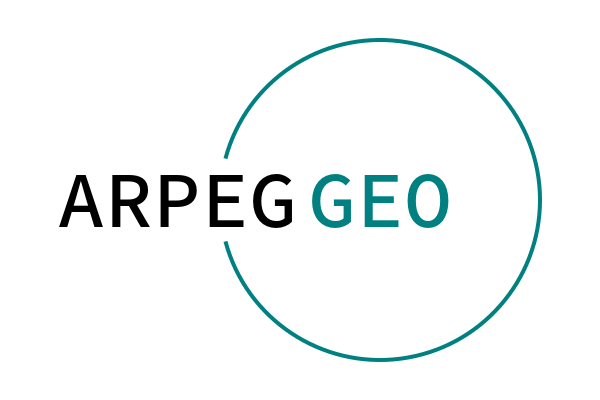GeoStats — ModuleGeoStats.jl is an extensible framework for geospatial data science and geostatistical modeling fully written in Julia. It is comprised of several modules for advanced geometric processing, state-of-the-art geostatistical algorithms and sophisticated visualization of geospatial data.
All further information is provided in the online documentation.
If you have found this software useful, please consider starring it on GitHub. This gives us an accurate lower bound of the (satisfied) user count.
Organizations using the framework:


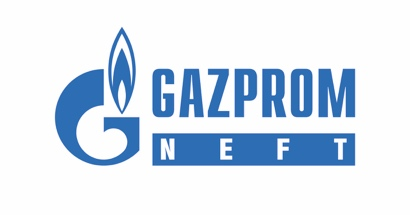
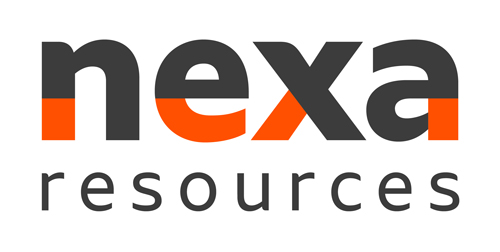
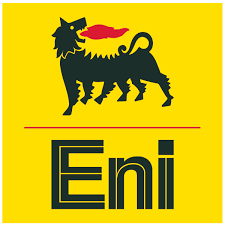

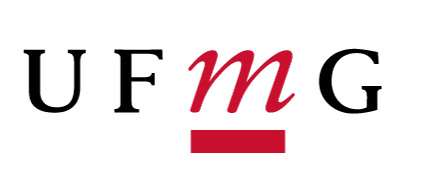
Sponsors
Would like to become a sponsor? Press the sponsor button in our GitHub repository.
Textbooks
The following textbooks can be useful to learn the framework. Click on the cover to learn more.
Overview
In many fields of science, such as mining engineering, hydrogeology, petroleum engineering, and environmental sciences, traditional statistical methods fail to provide unbiased estimates of resources due to the presence of geospatial correlation. Geostatistics (a.k.a. geospatial statistics) is the branch of statistics developed to overcome this limitation. Particularly, it is the branch that takes geospatial coordinates of data into account.
GeoStats.jl is an attempt to bring together bleeding-edge research in the geostatistics community into a comprehensive framework for geospatial data science and geostatistical modeling, as well as to empower researchers and practitioners with a toolkit for fast assessment of different modeling approaches. For a guided tour, please watch our JuliaCon2021 talk:
If you have questions, feature requests, or would like to brainstorm ideas, don't hesitate to start a topic in our community channel.
Installation
Get the latest stable release with Julia's package manager:
] add GeoStatsQuick example
Below is a quick preview of the high-level interface:
using GeoStats
import CairoMakie as Mke
# attribute table
table = (; Z=[1.,0.,1.])
# coordinates for each row
coord = [(25.,25.), (50.,75.), (75.,50.)]
# georeference data
geotable = georef(table, coord)
# interpolation domain
grid = CartesianGrid(100, 100)
# choose an interpolation model
model = Kriging(GaussianVariogram(range=35.))
# perform interpolation over grid
interp = geotable |> Interpolate(grid, model)
# visualize the solution
viz(interp.geometry, color = interp.Z)For a more detailed example, please consult the Quickstart.
Project organization
The project is split into various packages:
| Package | Description |
|---|---|
| GeoStats.jl | Main package reexporting full stack of packages for geostatistics. |
| Meshes.jl | Computational geometry and advanced meshing algorithms. |
| GeoTables.jl | Geospatial tables compatible with the framework. |
| DataScienceTraits.jl | Traits for geospatial data science. |
| TableTransforms.jl | Transforms and pipelines with tabular data. |
| StatsLearnModels.jl | Statistical learning models for geospatial prediction. |
| GeoStatsBase.jl | Base package with core geostatistical definitions. |
| GeoStatsFunctions.jl | Geostatistical functions and related tools. |
| GeoStatsModels.jl | Geostatistical models for geospatial interpolation. |
| GeoStatsProcesses.jl | Geostatistical processes for geospatial simulation. |
| GeoStatsTransforms.jl | Geostatistical transforms for geospatial data. |
| GeoStatsValidation.jl | Geostatistical validation methods. |
Other packages can be installed separately for additional functionality:
| Package | Description |
|---|---|
| GeoIO.jl | Load/save geospatial tables in various formats. |
| DrillHoles.jl | Desurvey/composite drillhole data. |
| GeoArtifacts.jl | Artifacts for geospatial data science. |
Citing the software
If you find this software useful in your work, please consider citing it:
@ARTICLE{Hoffimann2018,
title={GeoStats.jl – High-performance geostatistics in Julia},
author={Hoffimann, Júlio},
journal={Journal of Open Source Software},
publisher={The Open Journal},
volume={3},
pages={692},
number={24},
ISSN={2475-9066},
DOI={10.21105/joss.00692},
url={https://dx.doi.org/10.21105/joss.00692},
year={2018},
month={Apr}
}We ❤ to see our list of publications growing.







